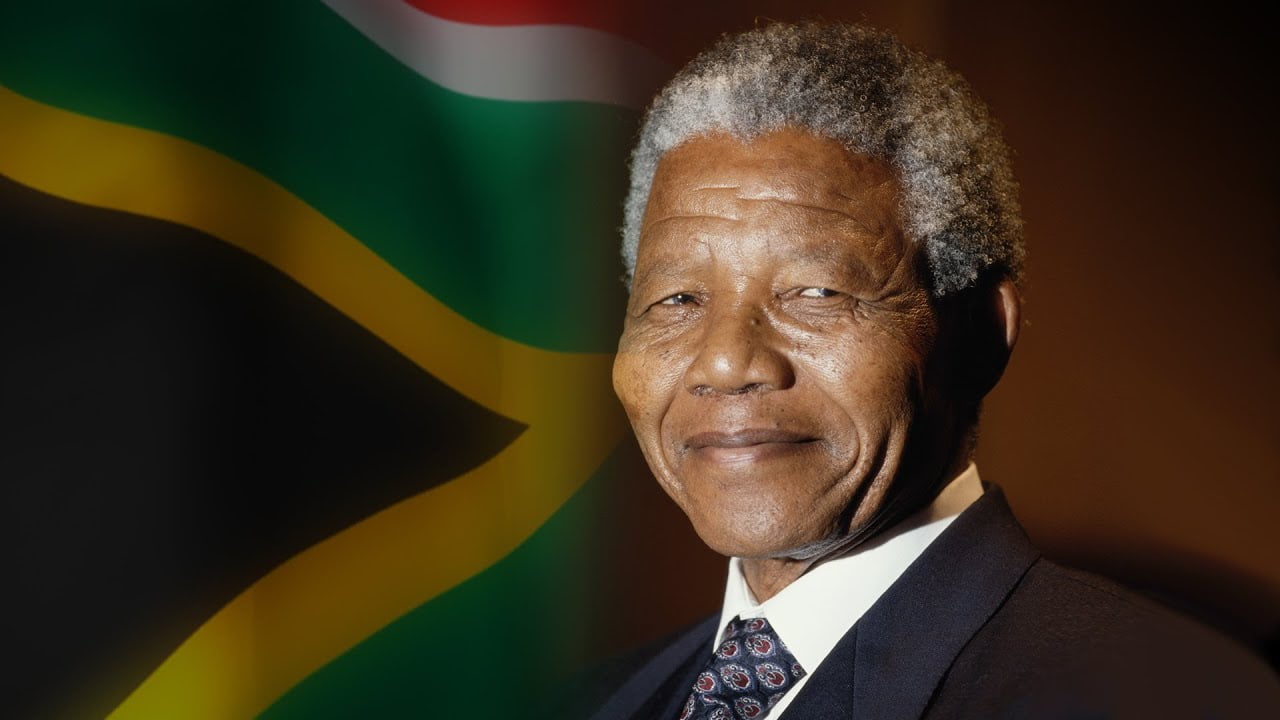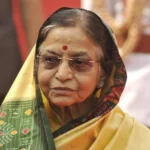If you are looking for a destination that combines the wonders of history, culture and religion, then Agra & Mathura are the perfect places for you. These two cities in Uttar Pradesh offer a glimpse of the rich legacy of India, from the majestic Taj Mahal to the sacred birthplace of Lord Krishna. Here is a two-day itinerary that will help you explore the best of Agra and Mathura.

Day 1: Agra – The City of Love
Start your day by visiting the Taj Mahal, one of the seven wonders of the world and a symbol of eternal love. This magnificent mausoleum was built by Mughal emperor Shah Jahan in memory of his beloved wife Mumtaz Mahal. The white marble structure, adorned with intricate carvings and precious stones, is a sight to behold, especially at sunrise or sunset. You can also take a nature walking tour around the Taj Mahal to learn more about its history and architecture
Tour Duration: 2 Hours
Ticket Prices: For foreign nationals, the ticket is priced at 1000 rupees (15 USD) which includes a bottle of water, shoe covers & a tourist map of Agra. For Indian nationals, the ticket is priced at 40 rupees. You will need to purchase shoe covers separately.
Note: During your visit, you will be allowed to carry your camera & mobile phone with you.
After admiring the Taj Mahal, head to the Agra Fort, another UNESCO World Heritage Site and a former residence of the Mughal emperors. The red sandstone fort, built by Akbar in the 16th century, showcases a blend of Hindu and Islamic styles of architecture. You can explore the various palaces, mosques, halls and gardens within the fort complex and enjoy the views of the Taj Mahal and the Yamuna river from its ramparts.
Tour Duration: 1.5 Hours
Ticket Prices: For foreign nationals, the ticket is priced at 550 rupees (8 USD). For Indian nationals, the ticket is priced at 40 rupees.
Note: You will need to deposit your bags at the cloakroom before entering the fort.
For lunch, you can try some of the local delicacies of Agra, such as petha (a sweet made from ash gourd), bedai (a fried bread stuffed with lentils), kachori (a fried pastry filled with spiced potatoes), jalebi (a deep-fried spiral of batter soaked in sugar syrup) and chaat (a snack made from fried or boiled potatoes, chickpeas, yogurt, spices and sauces).
In the afternoon, you can visit Fatehpur Sikri, a ghost town located about 40 km from Agra. This was once the capital of Akbar’s empire, but was abandoned due to water scarcity. The town still preserves some of the finest examples of Mughal architecture, such as the Buland Darwaza (the highest gateway in India), the Jama Masjid (one of the largest mosques in India), the Panch Mahal (a five-storey palace), the Diwan-i-Khas (the hall of private audience) and the Tomb of Salim Chishti (a revered Sufi saint).
Tour Duration: 2 Hours
Ticket Prices: For foreign nationals, the ticket is priced at 510 rupees (7 USD). For Indian nationals, the ticket is priced at 40 rupees.
Note: You will need to take a bus or an auto-rickshaw from the parking lot to reach Fatehpur Sikri.
After exploring Fatehpur Sikri, you can return to Agra and spend some time shopping for souvenirs such as marble inlay work, leather goods, carpets, jewellery and handicrafts. You can also enjoy a cultural show called Mohabbat The Taj at Kalakriti Auditorium, which depicts the love story of Shah Jahan and Mumtaz Mahal through music, dance and drama.
Show Duration: 1 Hour
Ticket Prices: Starting from 750 rupees (11 USD) per person.
Note: You will need to book your tickets online or at the counter in advance.
Day 2: Mathura – The Land of Krishna
On your second day, you can drive to Mathura, which is about 57 km from Agra. Mathura is considered to be the birthplace of Lord Krishna, one of the most revered Hindu deities. The city is dotted with numerous temples and shrines dedicated to Krishna and his consort Radha. You can also witness the vibrant culture and festivals of Mathura, which celebrate the life and teachings of Krishna.
Some of the places you can visit in Mathura are:
- Shri Krishna Janmabhoomi Temple: This is the most sacred site in Mathura, as it marks the spot where Krishna was born in a prison cell. The temple complex houses a shrine, a museum and a water tank. You can also see the remains of the ancient prison where Krishna’s parents were imprisoned by his evil uncle Kansa.
- Dwarkadhish Temple: This is one of the oldest and largest temples in Mathura, dedicated to Krishna as the king of Dwarka. The temple is known for its elaborate carvings, paintings and sculptures. You can also witness the aarti (ritual worship) and bhajan (devotional songs) performed by the priests and devotees.
- Vishram Ghat: This is a sacred bathing spot on the banks of the Yamuna river, where Krishna is believed to have rested after killing Kansa. You can also see many other ghats (steps leading to the river) and temples along the riverfront. You can also take a boat ride on the river and enjoy the scenic views.
- Government Museum: This is a museum that showcases the rich history and culture of Mathura, from ancient to modern times. You can see a collection of sculptures, coins, paintings, pottery, inscriptions and other artefacts related to Buddhism, Jainism, Hinduism and Islam.
After visiting Mathura, you can drive to Vrindavan, which is about 15 km from Mathura. Vrindavan is another holy city associated with Krishna, where he spent his childhood and youth with his friends and lovers. The city is full of temples, ashrams, gardens and forests that depict the various aspects of Krishna’s life.
Some of the places you can visit in Vrindavan are:
- Banke Bihari Temple: This is one of the most popular and crowded temples in Vrindavan, dedicated to Krishna as Banke Bihari (the charming one). The temple has a black idol of Krishna, which is said to have been discovered by a saint in the 16th century. The idol is covered with a curtain, which is opened and closed at regular intervals by the priests.
- ISKCON Temple: This is a modern temple built by the International Society for Krishna Consciousness (ISKCON), also known as the Hare Krishna movement. The temple has a white marble structure with domes and spires. It also has a guest house, a restaurant, a bakery, a library and a gift shop. You can also join the chanting and dancing sessions organized by the devotees.
- Prem Mandir: This is a relatively new temple built by Jagadguru Kripalu Parishat, a spiritual organization. The temple has a grand architecture with intricate carvings and statues. It also has a musical fountain show in the evening, which depicts the various pastimes of Krishna and Radha.
- Nidhivan: This is a mysterious forest where Krishna is believed to perform his ras lila (divine dance) with Radha and other gopis (cowherd girls) every night. The forest has many trees, shrubs and flowers that are said to be alive and witness to Krishna’s activities. No one is allowed to enter or stay in the forest after sunset.
After visiting Vrindavan, you can drive back to Agra or Delhi, depending on your travel plans. You can also book a cab from Vrindavan to Delhi with Savaari for a comfortable journey.
What is the best time to visit Agra and Mathura?
The best time to visit Agra and Mathura is during the winter season, which extends from October to March. During this time, the weather is pleasant and cool for sightseeing. The temperatures range from around 8°C (46°F) to 25°C (77°F), making it comfortable for exploring the attractions in these cities
Another good time to visit Agra and Mathura is between August and October to witness the Taj Mahal at its best. This is when the monsoon season ends and the sky is clear, creating a stunning backdrop for the white marble monument
However, you may want to avoid the monsoon season from July to September as it brings heavy rainfall, which can disrupt travel plans and hinder sightseeing. The weather can also get humid and sultry at times.
If you are interested in experiencing the culture and festivals of Agra and Mathura, you may want to plan your trip around some of the major events that take place in these cities. Some of them are:
- Taj Mahotsav: This is an annual ten-day festival that takes place in Agra in February. The festival showcases an outstanding variety of art and craft, dance and cuisines of artisans from different regions of India.
- Ram Barat: This is a joyous and one of the most important festivals in Northern India held in September every year. It celebrates the divine marriage of Lord Rama and Sita. The festival involves a grand procession of decorated chariots, elephants, horses and cultural performances.
- Krishna Janmashtami: This is the birthday celebration of Lord Krishna, which falls in August or September. Mathura and Vrindavan are the main centers of this festival, as they are believed to be the birthplace and playground of Krishna. The festival involves fasting, praying, singing, dancing and enacting the life of Krishna.
- Holi: This is the festival of colors, which falls in March. It celebrates the arrival of spring and the victory of good over evil. People smear each other with colored powder and water, play music and dance. Mathura and Vrindavan are famous for their unique traditions of celebrating Holi, such as Lathmar Holi, Phoolon ki Holi and Widow’s Holi.
I hope this travel blog has given you some useful information and inspiration for your trip to Agra and Mathura. These two cities are not only rich in heritage and spirituality, but also in beauty and charm. So don’t wait any longer and plan your trip today! 🙏
Sources:
1: A Perfect 2 Day Itinerary For Agra Mathura Vrindavan Tour – Cheerful Trails
2: Agra to Mathura by Road – Distance, Time & Useful Information
How useful was this post?
Click on a star to rate it!
Average rating 5 / 5. Vote count: 1
No votes so far! Be the first to rate this post.




